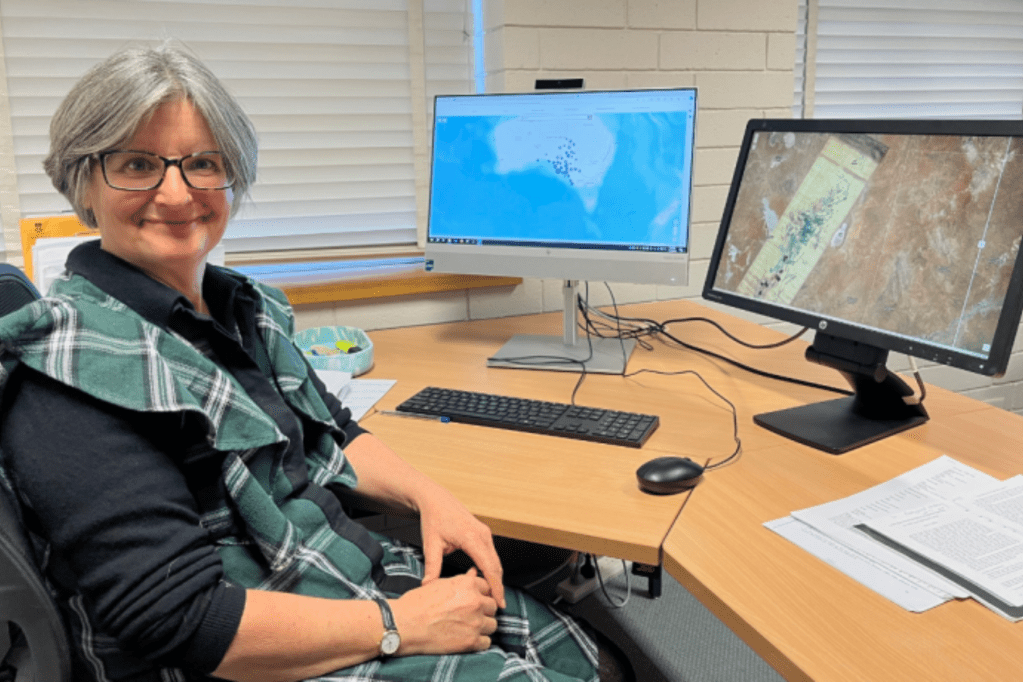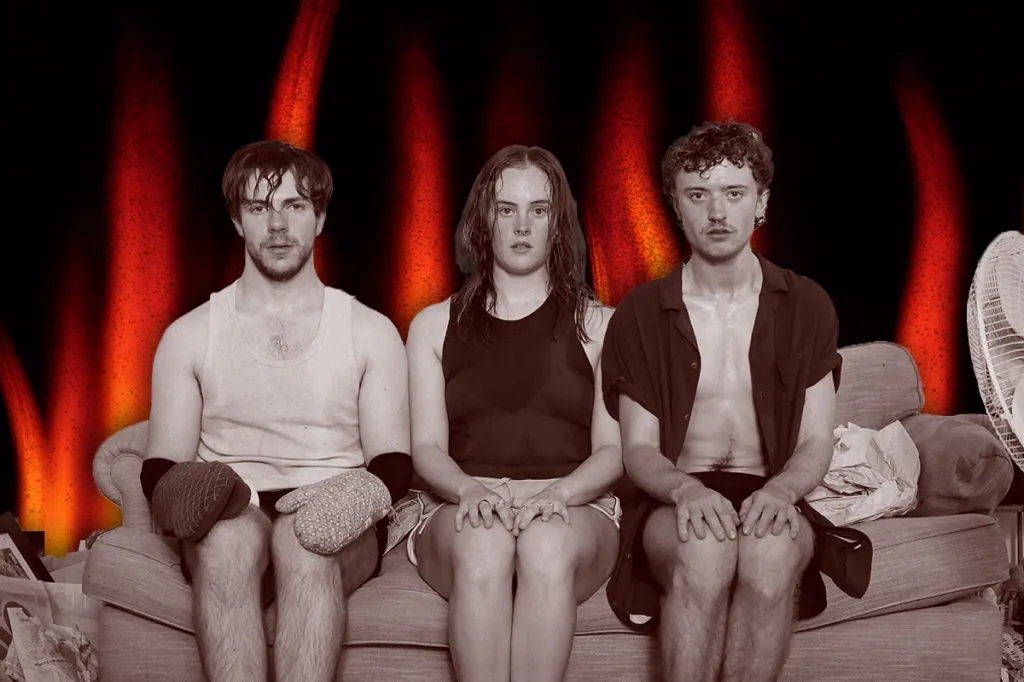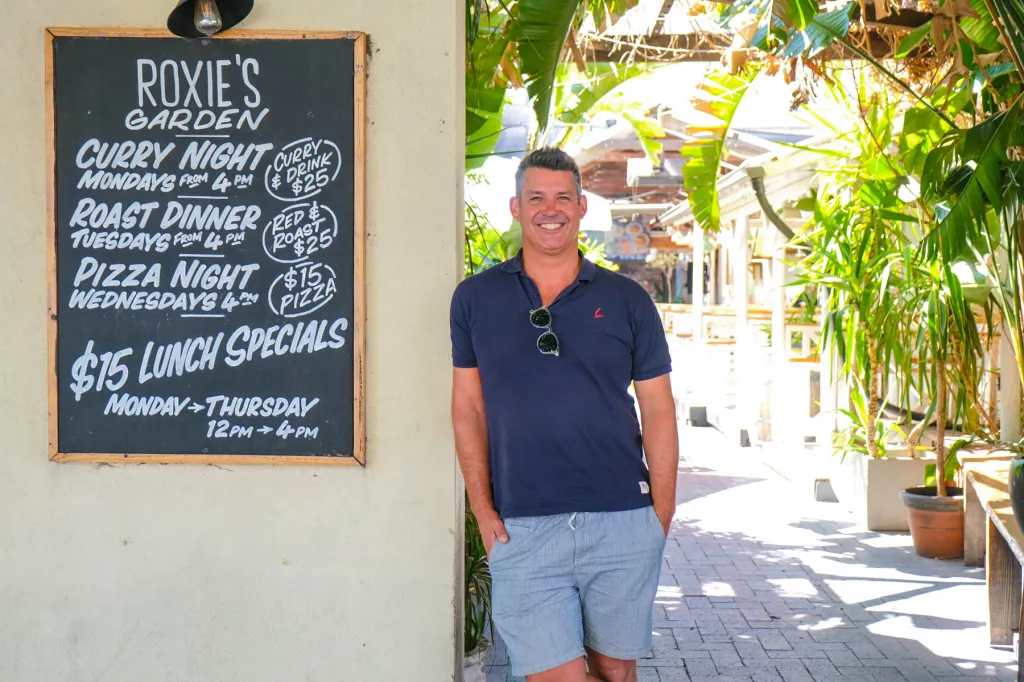Discovering colonial encounters in our own backyard

Colonial encounters between Aboriginal peoples and settlers in South Australia have been compiled in an interactive map, allowing South Australians to learn more about the history in their own backyards.
The South Australian Frontier and its Legacies brings together hundreds of colonial encounters from early colonisation through to the late nineteenth century.
“I grew up not hearing anything about Aboriginal people, and I always wondered why that was,” says project manager and senior lecturer at the University of Adelaide, Skye Krichauff.
Now, Skye, alongside several others, has compiled four years of work into a resource that will allow people around the state to learn the true history of where they live. Skye told CityMag the idea was based on a project by Robert Foster and Amanda Nettlebeck, who began looking at frontier violence in South Australia in the early 2000s. She says that research, which she worked on at the time, was always meant to become a public register, but the technology was not available.
“Then, with the Uluru Statement from the Heart and sort of a call for truth-telling, there was a few of us that thought it was really important to do more research and make this really publicly available,” Skye says.
Together with her colleagues, Skye received grant funding and began work on the project in 2020.
The website allows you to see hundreds of colonial encounters around the state, from lesser confrontations to violent murders carried out both by Europeans and Aboriginal people. The map shows frontier government events, oral histories, and language groups around South Australia. References are provided for every event, whether they be digitised correspondence from a colonial secretary or the transcription of a settlers’ diary.

A screenshot of The South Australian Frontier and its Legacies site.
Skye says researchers looked at state records including correspondence to the Governor, reports from the Protector of Aborigines, police, Attorney-General, court and newspapers.
You might like
“A lot of archival research. A lot,” she says.
“The Aboriginal Heritage Committee were very supportive of this project and they gave us a list of all the Aboriginal organisations that we should contact.
“We contacted all the Aboriginal communities that we could find out about.”
Skye travelled around the state meeting Aboriginal communities and spending time with them before filming their stories.
“There’s a caveat – I’m sure there is many, many more stories, and we really do want to capture more.”
Skye says while she was not surprised by the amount of incidents they uncovered, she knew many people would be.
“It does surprise a lot of people just how everywhere in South Australia there’s conflict.
“I’ve really come to realise the concealment amongst certain groups. Like up in the Flinders Ranges there are not so many incidents of violence [recorded], but little snippets in diaries suggest that the pastoralists up there in the really early years were quite brutal, but word wasn’t getting out.”
Skye explained the Governor would hear about incidents and send a protector or police, but says in the more distant regions it was easier for people to “get away with things”.

Samuel Thomas Gill, ‘Charlton Station near Mount Remarkable, South Australia’, 1848. This image: The South Australian Frontier and its Legacies
Subscribe for updates
“One thing we need to take into account that became sort of obvious doing this research is the importance of the environment as well, when you’re looking at the extent of conflict,” she says.
“So in Yorke Peninsula there was comparatively little violence, but partly that’s because the Narungga had access to really good resources from the sea and so they didn’t have to rely on land game. Whereas people more inland, like in the Flinders Ranges or Mid North, once the European stock had come in and eaten all the native grasses, and there was less native animals around, they had to eat sheep or take the stock.”
Skye referred to individual mediators such as Jim Crack on the Yorke Peninsula, who was appointed around 1848.
“While he was the native police constable there was just no violence, he played that role of being able to make sure that both groups could communicate.
“He could communicate with both of them and make sure that, say some Aboriginal people had taken some sheep, that the Europeans would modify their reaction and speak to the people.”
However, Skye says the research also uncovered individuals with much more negative impacts. Skye spoke of one man who spent time at Pekina in the Mid North, whose diary of the time talks about the hunting and whipping of Aboriginal people.

A letter from Price Maurice to the Colonial Secretary, 22 February 1848. This picture: The South Australian Frontier and its Legacies
Skye says she hopes the website, which includes essays about the frontier regions, the colonial context, and other learning resources, will start some important conversations.
“I hope that people will use it to really just start thinking about the past, and becoming aware of how this country was occupied, and thinking about what that means,” she says.
“For millennia [Aboriginal people] had such a strong connection to their country, but the Europeans just failed to recognise that. So, whether this map helps in any way in Europeans or settler descendants understanding that Aboriginal people didn’t just say ‘come in and help yourselves to whatever’ but it was brutal.
“We would like people to have conversations. It’s not about blame or guilt, but just having conversations and understanding what happened.
“Everything today is a legacy of what happened 180 years ago.
“You look at Aboriginal people’s incarceration rates, and that’s something that was happening back in the colonial era. You can count the number of Europeans on your hand really that were punished for crimes against Aboriginal people.
“So, if people can start having those conversations and understanding that, and being empathetic to the position that Aboriginal people are in today, I think that would be a good outcome.
“Everything today is a legacy of what happened in the colonial era.”

